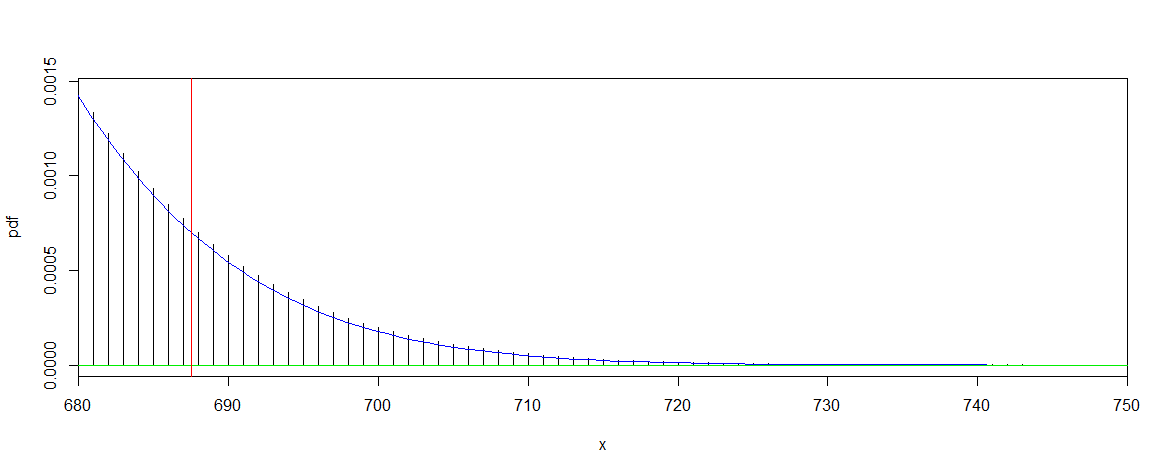Your computations are correct. The fundamental difficulty is that one cannot generally expect more than a couple of places of accuracy from a normal approximation to a Poisson distribution.
For your problem, it may be best to look at the complementary probabilities in the right tail.
> 1-ppois(687, 625)
[1] 0.006821267
> 1-pnorm(687.5, 625, 25)
[1] 0.006209665
> 1-pnorm(687, 625, 25)
[1] 0.006569119
From close inspection of the plot below, one can see that the normal approximation already slightly underestimates the right-tail probability. The continuity correction takes away a little probability from that tail, which in this case happens to make itthe approximation even worse.
The continuity correction usually improves the approximation, but that may be true only when the approximation is already very good. In your problem the approximation is not good enough for a discussion of the third and fourth decimal places to be productive.

